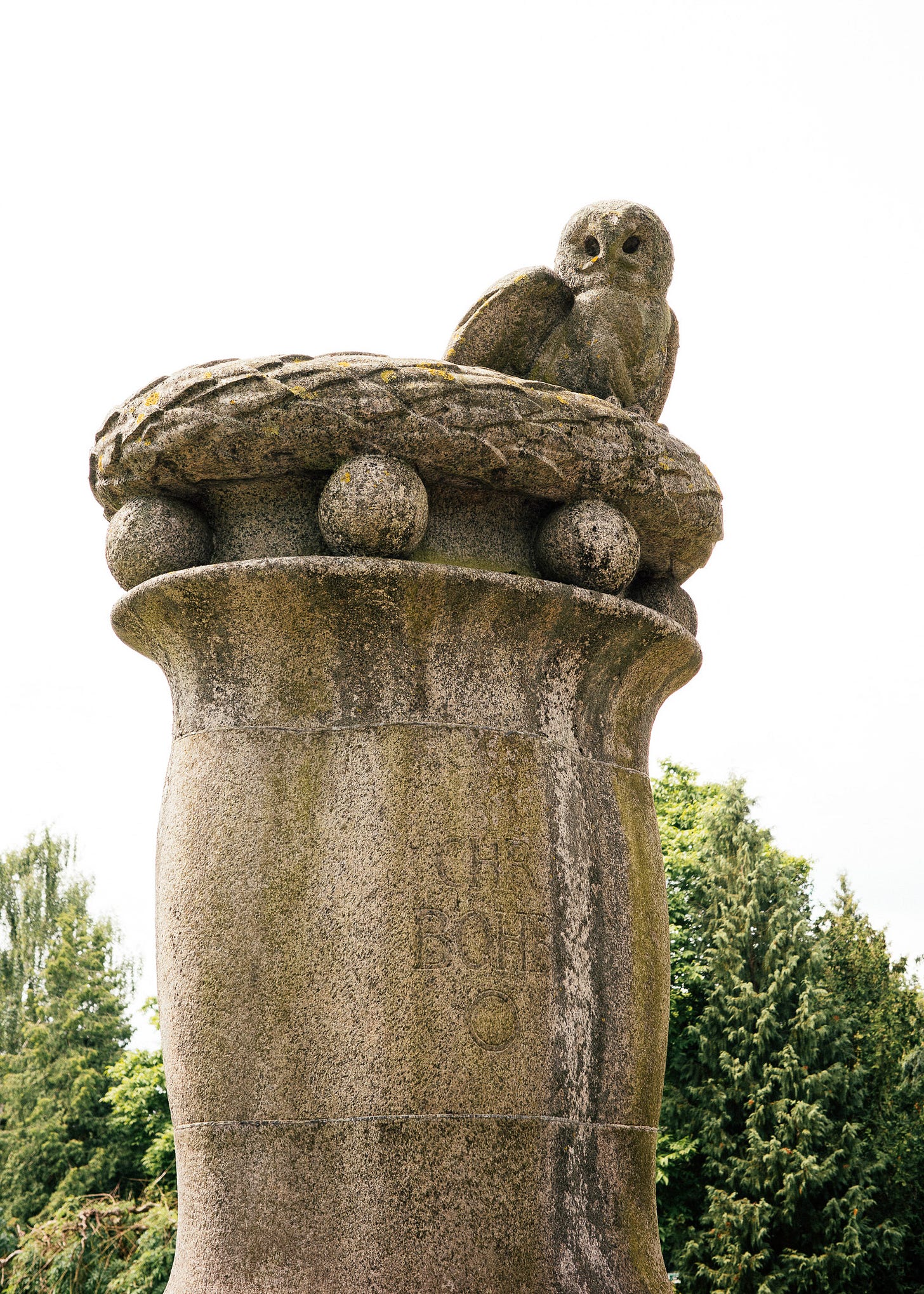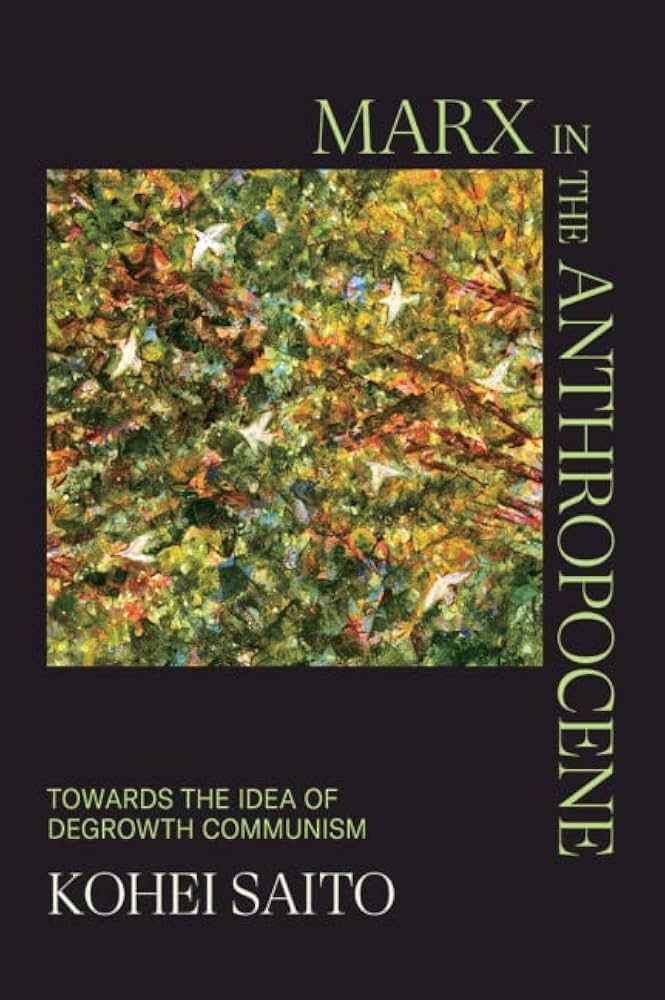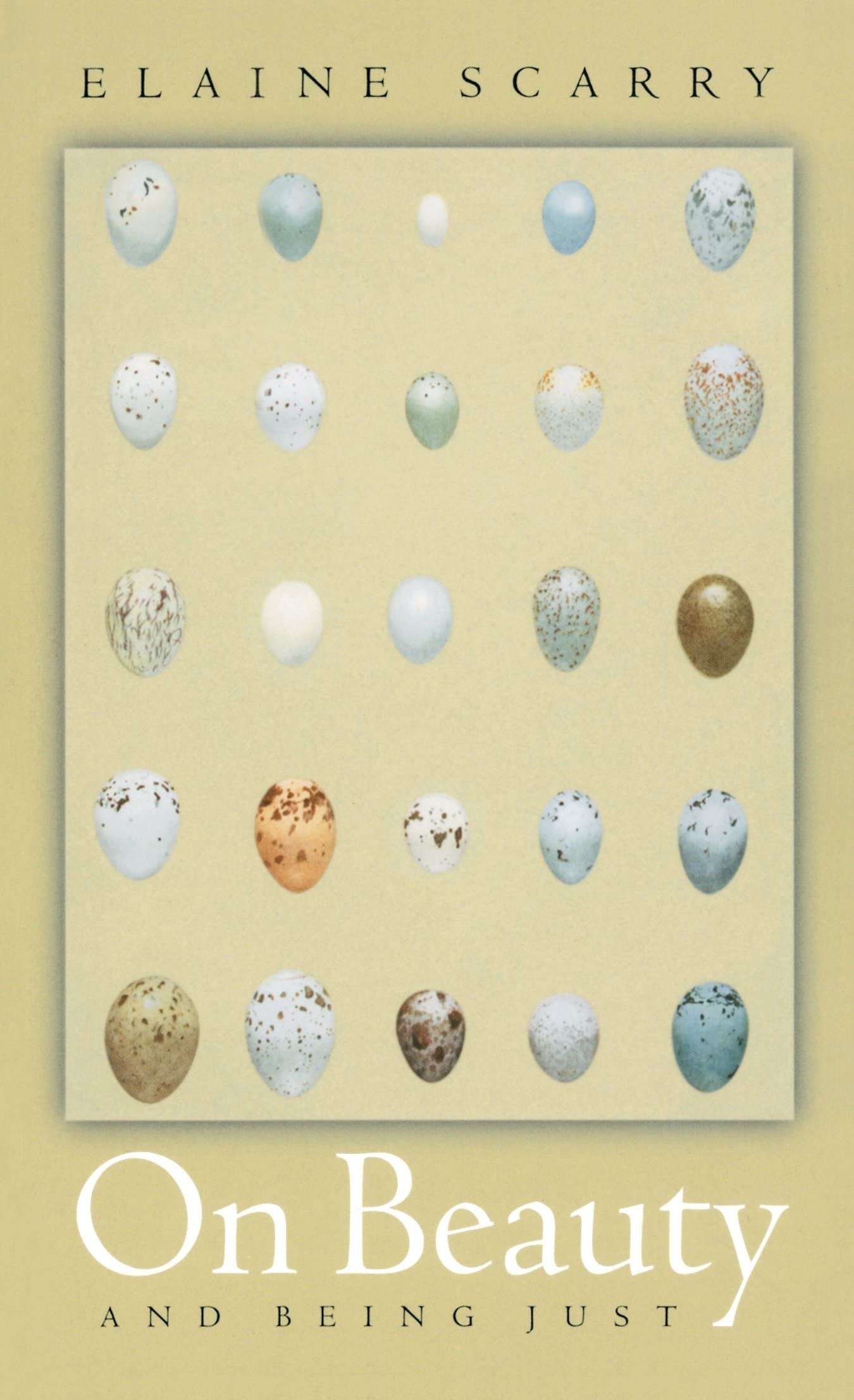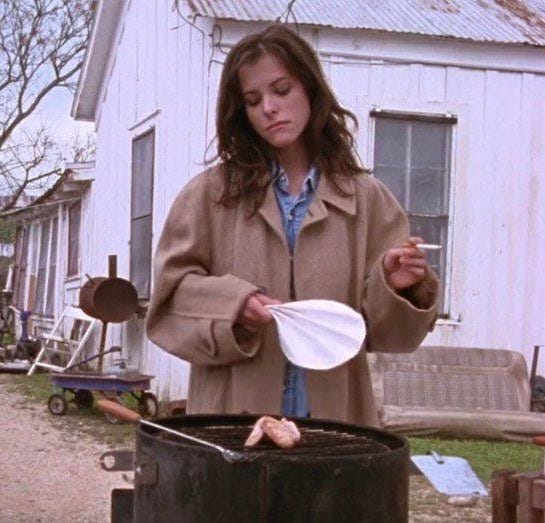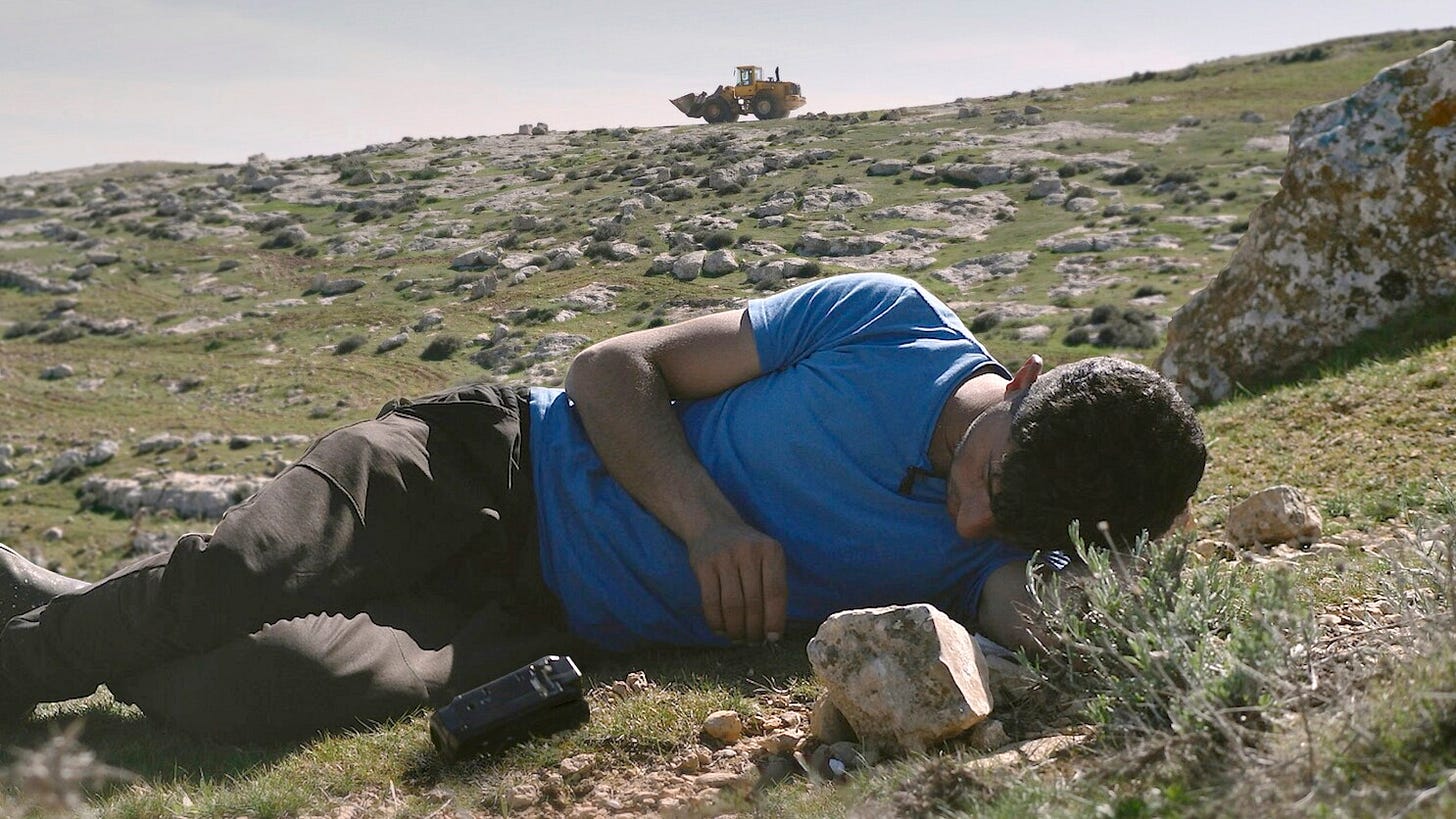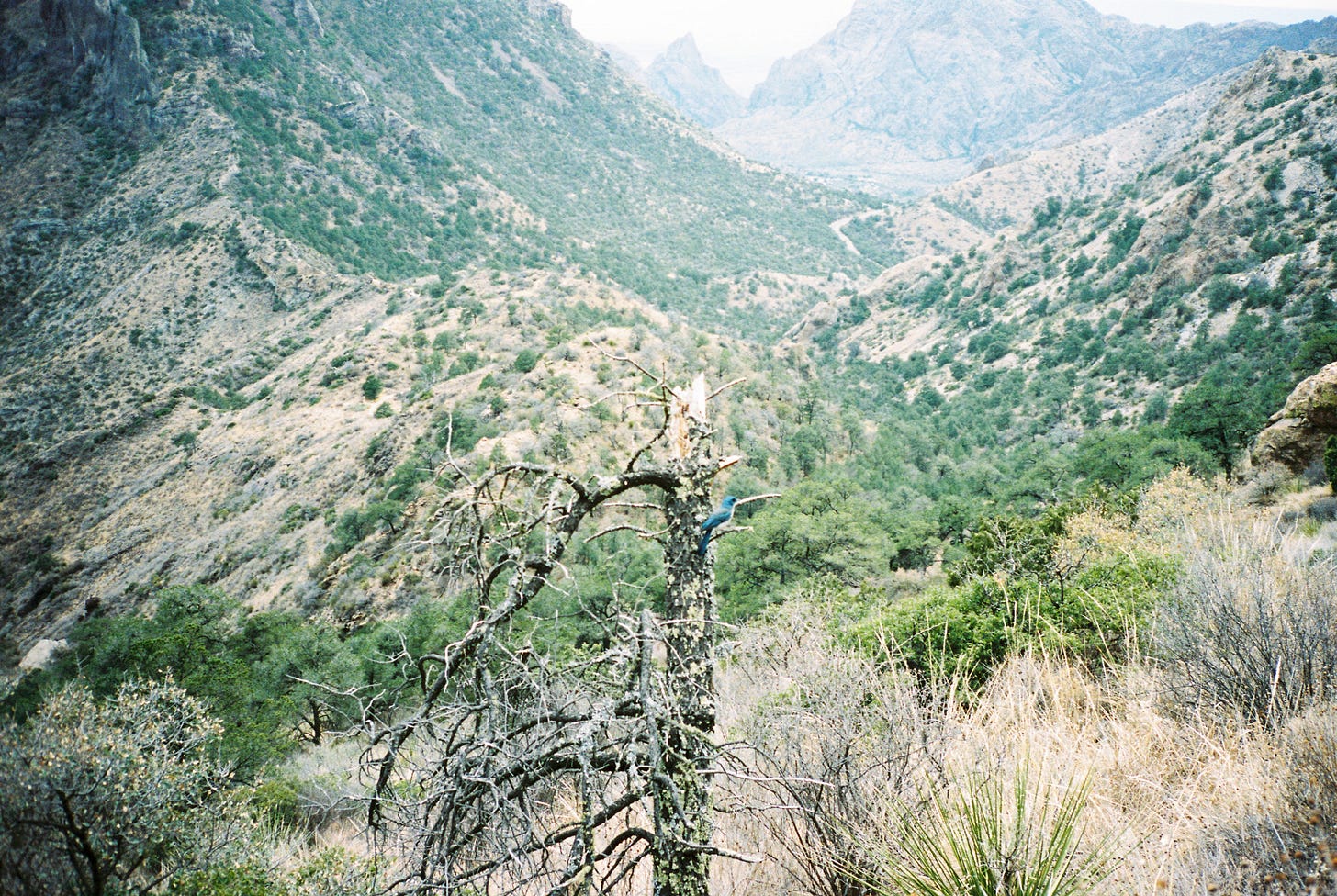#64: Michel De Certeau, Kohei Saito, Elaine Scarry
I’m sitting at my desk at 3:30 pm and it’s 33 degrees outside. I don’t know exactly what that is in Farenheit but it’s warm — I’m trying to stop thinking in my funny little US measurements with mild success. In place of the air conditioning that my sticky exterior begs for, we open our big windows up on both sides of the house and let the wind blow through, cooling us down. Unfortunately the wind seems to stop at night and I toss and turn trying to cover the perfect amount of my body to stop so I that I still feel covered without feeling smothered.
Recently, I was in Copenhagen where it was much cooler. Sihir was set to play a show there, but the singer came down with a nasty case of pnuemonia. While Ana was unfortunately not able to play the fest, we still went and had a nice weekend among friends, swimming in the canals, and eating good food. On our last day, we walked through the old cemetery in the middle of the city and there I saw the tomb of Niels Bohr, the man whose expertise regarding atomic nuclei was critical in the construction of the nuclear bomb. His tomb, adorned with an owl symbolizing his wisdom and intellect, came to me as I was reading Kohei Saito’s book Marx in the Anthropocene where Saito quotes the Hungarian marxist Istvan Meszaros: “To say that ‘science and technology can solve all our problems in the long run’ is much worse than believing in witchcraft.” As a scientist, I yearn for the death of scientism.
Even more recently, I was in Poland somewhere along the Czech and German borders. Sihir played the best show I’ve seen from them at the Izero Festival and I ate the best pierogis I’ve ever had at some country ass spot 20 minutes away with beautiful friends. Is Polish food the only good European food? (yes)
Aside from that, the family went to a nice Gamelan concert recently, I’ve been hiking in the woods with D, swimming in our pool, facilitating child hangs, and trying to study to get my drivers license here. My reading diet these past few weeks has been a reaction to the heavy dose of fantasy that in retrospect I didn’t particularly love — I have some academic titles for you this week. Enjoy!
The Practice of Everyday Life by Michel De Certeau
I always meant to read this book, especially after I finished Henri Lefebvre’s one, two, three volumes of Critique of Everyday Life. Whereas Lefebvre writes hundreds of pages about the colonization of our quotidian existence, De Certeau writes about the little ways in which the complete reification of that same colonization is impossible. Little sabotages, time theft, la perruque (english: the wig)— “the workers own work disguised as work for his employer” — help us take control of our own daily lives. Our own appropriation of mass culture to our own ends. I loved this book, though it was quite challenging and I got lost in its post-Derridean syntax at times. I don’t know my Wittgenstein and his language games loom large here, so there’s some future homework for me and an eventual return to this. De Certeau’s occupation as a Jesuit priest led me to believe this might be a more simple read, but Lefebvre feels direct in comparison now.
Marx in the Anthropocene: Towards the Idea of a Degrowth Communism by Kohei Saito
This is a zeitgesity little book. I was curious about it for some time with no real impulse to read it, but the author spoke at some literary conference here in Barcelona the day before Ruth Wilson Gilmore. I didn’t see him, but if he was the special guest the day before RWG was, I figured I could at least read his book.
For all its popularity, it’s a pretty nerdy little book. It dives deep into little intricacies of Marxism, various readings of Marx and infighting among different breeds of dogmatists. Is nature a pre-human phenomenon or does it exist as a product of human intervention? Saito says both, as did Lukacs, and this is, I guess, heretical but to me that feels like a given. Is Marxism compatible with ecology? Dogmatists of both Marxism and ecology say no — Marxism is a faith in technology to dominate nature and thus free ourselves from capitalism. Whether or not Marx believed that is kind of the crux of the book and Saito argues compellingly that after the publication of Capital I he didn’t, but I don’t need him to have believed that. Whatever happened to reading authors against their intentions or using them for their useful ideas and improving upon them where they fall short?
Also, after 250 pages, I still don’t really know what degrowth communism is because Saito doesn’t really dive into the subtitle which had intrigued me most other than saying that Marx in his final years and unpublished journals before his death had dived into geography and ecology and had determined that degrowth was the only way forward.
It’s a good, well researched and argued book, but I don’t need Marx to have been on the ecology team to use his ideas in pursuit of a planet that won’t slowly burn me to death.
On Beauty and Being Just by Elaine Scarry
My partner will tell you this isn’t true, but she hates my booklight. At night, when she’s already fallen asleep, I read something on my phone and it’s not always easy to find an .epub file of the book I’m reading (being a pretty strict one-at-a-time guy). I’ve been wanting to reread Scarry’s book on torture, The Body in Pain, but reading it on my phone didn’t appeal to me. It’s long and dense. I figured this book of hers, being brief and aimed at a more general audience, would be the one for me. It’s fine.
Supposedly it’s a reaction to beauty’s fall from grace in the humanities (even though beauty is still the pursuit of the sciences i.e. elegant proofs, nice problems, beautiful theorems). Nobody in the academy is out here praising art solely for its beauty. That does seem true to me based on my time hanging out in philosophy and comparative literature departments at Emory. So Scarry wants to uphold beauty and tell us why it’s okay to praise beauty and what beauty can do for us — beauty is “lifesaving” and it’s perception leads us “to a more capacious regard for the world.” She writes that “beauty seems to place requirements on us for attending to the aliveness or (in the case of objects) quasi-aliveness of our world, and for entering into its protection. Beauty is, then, a compact or contract between the beautiful thing and the perceiver.” We, the perceiver and the beautiful thing, are conferring on the other the gift of life. This is the general crux of Scarry’s argument and it’s one I like, but it’s not one I feel. I follow Levinas when I think it is the recognition of the other that compels us to justice. And Levinas was a zionist, but it is only Levinas that I need right now to desire justice for the Palestinians and the immigrants being semi-disappeared by vigilantes in the States.
The Wind Will Carry Us is a Kiarostami flick I had never seen. It felt very canonically him. Little bits about modernity and tradition clashing, but to me, more than anything, this film highlighted the beauty of trees. This would be a good place to start for the uninitiated, especially as we begin to bomb Kiarostami’s country, Iran.
Best in Show is still the best in comedy.
I had never watched Waiting for Guffman before and didn’t realize how appropriate it would be for the fourth of july.
I rewatched Mike Leigh’s Hard Truths and it was significantly more trying the second time. Perhaps it was watching it without an audience nervously laughing along that took out the cushion this time. Pure pain.
No Other Land is a horrific documentation of settler violence in the West Bank. It won an Oscar and lots of other prizes but what did that do? The Palestinian director of the film says in the film that if American’s see the footage, America will pressure Israel to stop. He then criticizes the Israeli director for being too hopeful. It’s impossible to know where to place your hope in times like these.
Now I’m reading Rabelais so wait some time before the next letter arrives.





